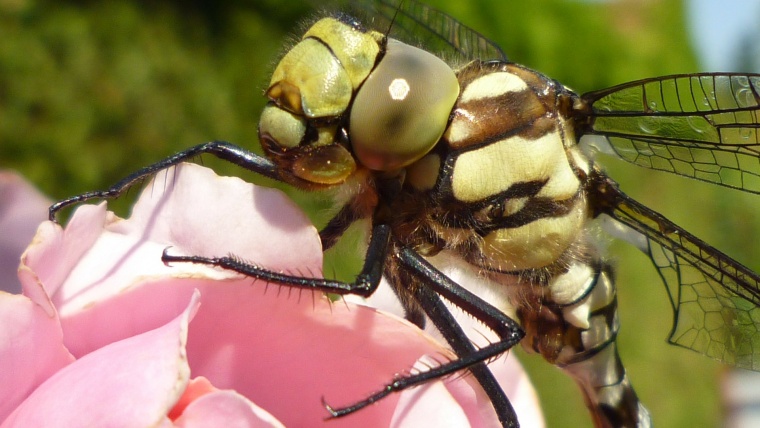
People often think that taking a picture is about pointing and shooting. That is part of it, but there is so much more. For example, do you know what a 2:1 ratio or 1:1 ratio is? If someone asks you about that, do you know what to say?
It comes all down to magnification ratios, and while you don’t need to know everything about them, having a basic understanding can make you a better photographer and make your pictures that much better.
Understanding macro photography is easy once you understand the ratios. Essentially, a magnification ratio is the size of the object on the camera sensor to the actual size of the object that you are taking a picture of.
The 1:1 ratio means that the image is the same size as the real size of the object. If it is a 1:2 ratio, that means that the image you have on your sensor is going to be half the size of the actual thing you are photographing. This ratio makes sense because the sensor image is half the size of the real object, or ½, and if you take the / and change it to a : you get 1:2.
When you are choosing a lens, you need to understand magnification ratios. A macro lens will go to 1:1 magnification, but there are times when a manufacturer will attempt to make you think that their lens is a macro lens, but that doesn’t mean it actually is a macro lens.
If a manufacturer says that a lens is 70-300 with macro, it doesn’t mean much beyond the fact that the lens will focus closer than another typical lens. It is important to remember that the lens is not actually a true macro lens. A macro lens will not have any zoom, remember that.
If you have a 50mm lens on your camera, and you shoot normally, you have a ratio of 1:10. If you put a 50mm extension on that lens, then you are shooting 1:1. This may seem odd, but when you focus on infinity, or straight out into the distance, with your 50mm, the glass is 50mm away from the film plane. If you attach a 100mm lens on, and focus on the distance, your glass is now 100mm away.
If you put two extension tubes onto your 50mm, then you get, for example, 68mm extension and that will give you some magnification. If you put that 68mm onto a 70-200mm that is at 70mm, you don’t get as much extension because you are only at 2mm extra.
We know, it is a bit odd how this works but understanding macro photography better will make your photography that much better.
If you want to get that extra bit of magnification, there are several ways to do it, including:
When you are dealing with macro and magnification, sometimes it is best to go the extra mile and get a specific macro lens. It is quick and easy to change out with another lens, you can easily focus and be on your way. You don’t have to fine tune anything, or attempt to focus out of the blurriness like you would with a close-up filter.
If you are serious about macro photography, take the time to understand the ratios and get the proper lens for the task at hand to take your macro photography to the next level.
Comments (1)
This is wrong. A 50 mm lens doesn’t mean that the front of the lens is 50 mm away from the film plane, but 50 mm away from the focal plane. How could it otherwise be that different 23 mm lenses, for example, have different overall lengths?